State Performance Plan 2005-2012 - Part B - Arkansas Department Of Education Page 79
ADVERTISEMENT
 1
1  2
2  3
3  4
4  5
5  6
6  7
7  8
8  9
9  10
10  11
11  12
12  13
13  14
14  15
15  16
16  17
17  18
18  19
19  20
20  21
21  22
22  23
23  24
24  25
25  26
26  27
27  28
28  29
29  30
30  31
31  32
32  33
33  34
34  35
35  36
36  37
37  38
38  39
39  40
40  41
41  42
42  43
43  44
44  45
45  46
46  47
47  48
48  49
49  50
50  51
51  52
52  53
53  54
54  55
55  56
56  57
57  58
58  59
59  60
60  61
61  62
62  63
63  64
64  65
65  66
66  67
67  68
68  69
69  70
70  71
71  72
72  73
73  74
74  75
75  76
76  77
77  78
78  79
79  80
80  81
81  82
82  83
83  84
84  85
85  86
86  87
87  88
88  89
89  90
90  91
91  92
92  93
93  94
94  95
95  96
96  97
97  98
98  99
99  100
100  101
101  102
102  103
103  104
104  105
105  106
106  107
107  108
108  109
109  110
110  111
111  112
112  113
113  114
114  115
115  116
116  117
117  118
118  119
119  120
120  121
121  122
122  123
123  124
124  125
125  126
126  127
127  128
128  129
129  130
130  131
131  132
132  133
133  134
134  135
135  136
136  137
137  138
138  139
139  140
140  141
141  142
142  143
143  144
144  145
145  146
146  147
147  148
148  149
149  150
150  151
151  152
152  153
153  154
154  155
155 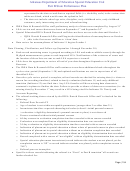 156
156  157
157 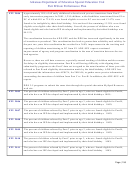 158
158  159
159  160
160  161
161  162
162  163
163 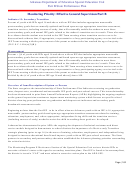 164
164  165
165  166
166  167
167  168
168 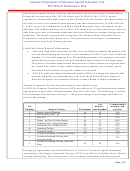 169
169  170
170  171
171  172
172  173
173  174
174 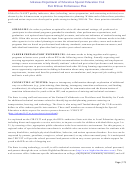 175
175  176
176 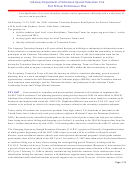 177
177  178
178 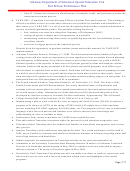 179
179  180
180  181
181  182
182  183
183  184
184 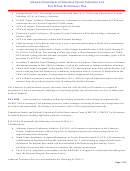 185
185  186
186  187
187  188
188  189
189  190
190  191
191  192
192 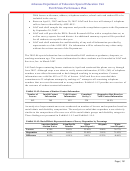 193
193  194
194  195
195 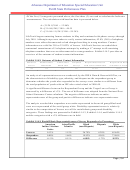 196
196  197
197 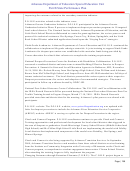 198
198  199
199  200
200  201
201  202
202  203
203  204
204 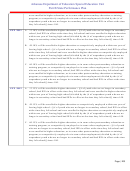 205
205  206
206  207
207  208
208 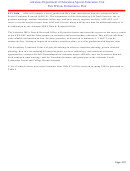 209
209  210
210  211
211 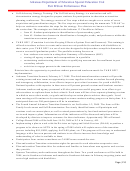 212
212  213
213  214
214  215
215 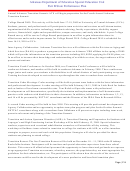 216
216  217
217  218
218  219
219 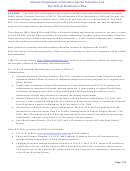 220
220  221
221  222
222  223
223  224
224  225
225 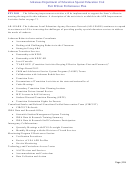 226
226  227
227  228
228 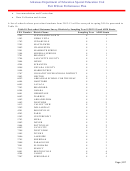 229
229  230
230  231
231  232
232  233
233  234
234  235
235  236
236  237
237  238
238  239
239 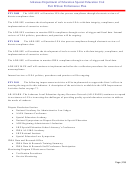 240
240 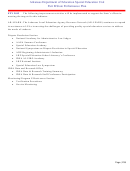 241
241 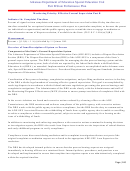 242
242  243
243  244
244  245
245  246
246  247
247  248
248 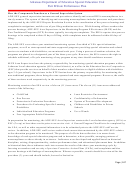 249
249  250
250  251
251  252
252  253
253  254
254  255
255 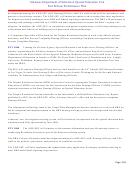 256
256  257
257  258
258  259
259  260
260  261
261 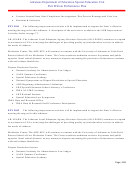 262
262 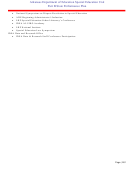 263
263  264
264 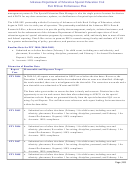 265
265  266
266  267
267  268
268  269
269  270
270  271
271  272
272 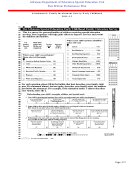 273
273  274
274 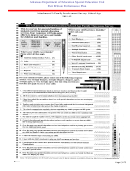 275
275  276
276 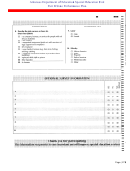 277
277 Arkansas Department of Education Special Education Unit
Part B State Performance Plan
Each district that triggers on the Monitoring Profiles is required to include an action plan in the district's
submission of the Arkansas Comprehensive School Improvement Plan (ACSIP). To address the localized
concerns about LRE, the monitoring staff works with the districts to develop their ACSIP plans.
Further, the monitoring profiles include an examination of increased likelihood of racial disparity in LRE
among special education students of a particular race as compared to all other races in special education
using a risk ratio calculation. If a risk ratio is less than 0.50 the value is highlighted in
blue
to indicate a
possible area of concern.
Other LRE settings are examined using risk ratios as part of the coordinated early intervening services
(CEIS) profiles. Information about the use of LRE data for CEIS can be found at
df.
Baseline Data for FFY 2004
A. Percent = number of children with IEPs removed from the regular class less than 21% of the day
divided by the total number of students aged 6 through 21 with IEPs times 100:
(25,055/56,449) x 100 = 44.39%
B. Percent = number of children with IEPs removed from the regular class greater than 60% of the day
divided by the total number of students aged 6 through 21 with IEPs times 100:
(7073/56,449) x 100 = 12.53%
C. Percent = number of children with IEPs served in public or private separate schools, residential
placements, or homebound/hospital placements divided by the total number of students aged 6
through 21 with IEPs times 100:
1,455/56449 = 2.58%
Discussion of Baseline Data
Report
Measurable and Rigorous Target
Year
The percentage of children receiving special education services in the regular class 80% or
FFY 2004
more of the day is 44.39%; which is consistent with previous years. The number of children
spending more than 60% of their day outside the regular class has decreased (7.78%) as more
students are being served in the resource room (21% to 60% of time outside the regular
class): 38.79%. Further, students in other placements are remaining static at 2.58%.
The analysis of 2004-05 baseline data and projections forward to 2011 in general indicate an
ever-decreasing percentage of students educated in more restrictive settings. The measurable
and rigorous target for each federal fiscal year is shown below.
A. Percent = number of children with IEPs removed from the regular class less than 21% of
FFY 2005
the day divided by the total number of students aged 6 through 21 with IEPs times 100:
46.33%.
B. Percent = number of children with IEPs removed from the regular class greater than 60%
of the day divided by the total number of students aged 6 through 21 with IEPs times 100:
12.53%.
Page | 77
ADVERTISEMENT
0 votes
Related Articles
Related forms
Related Categories
Parent category: Legal









